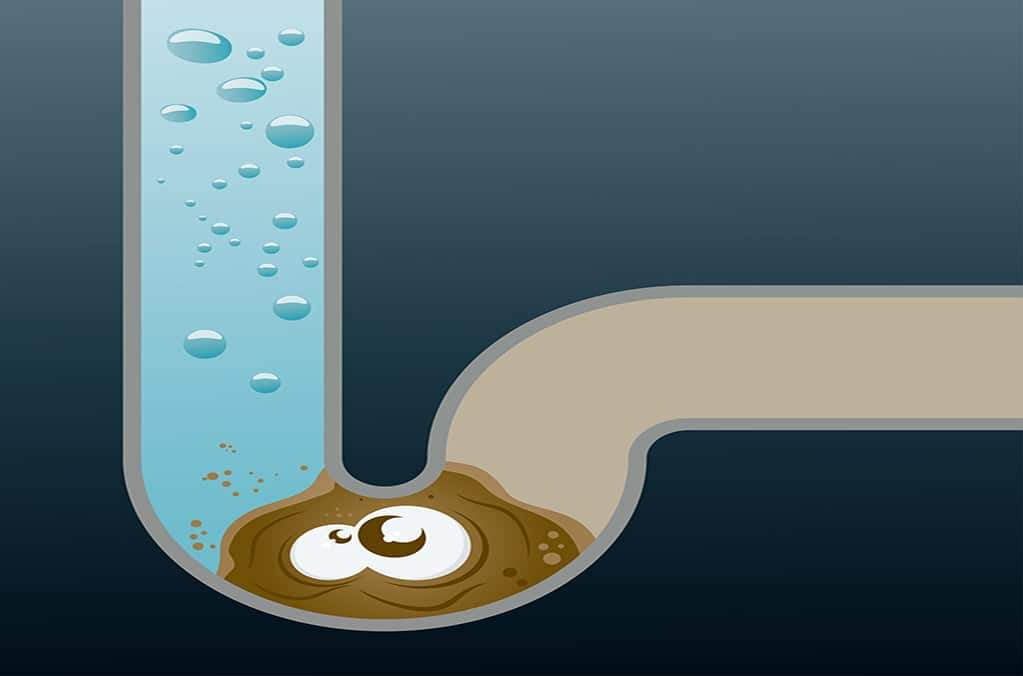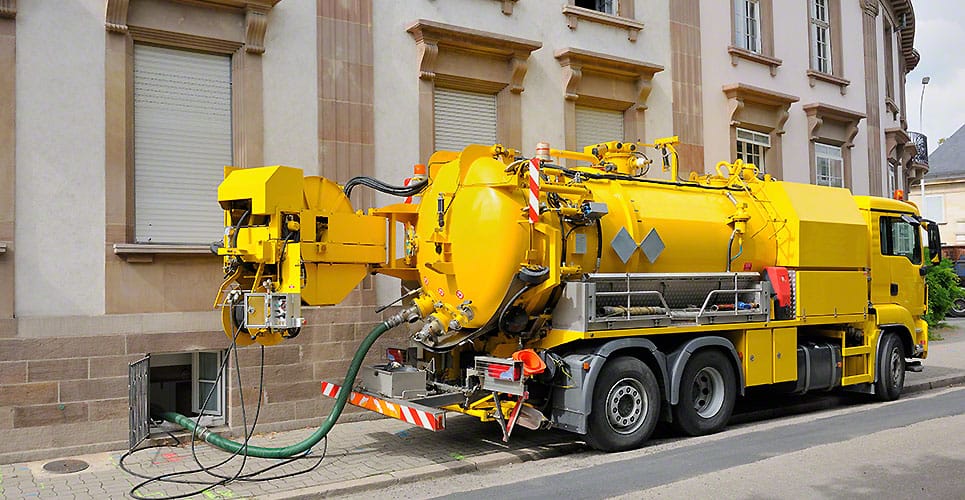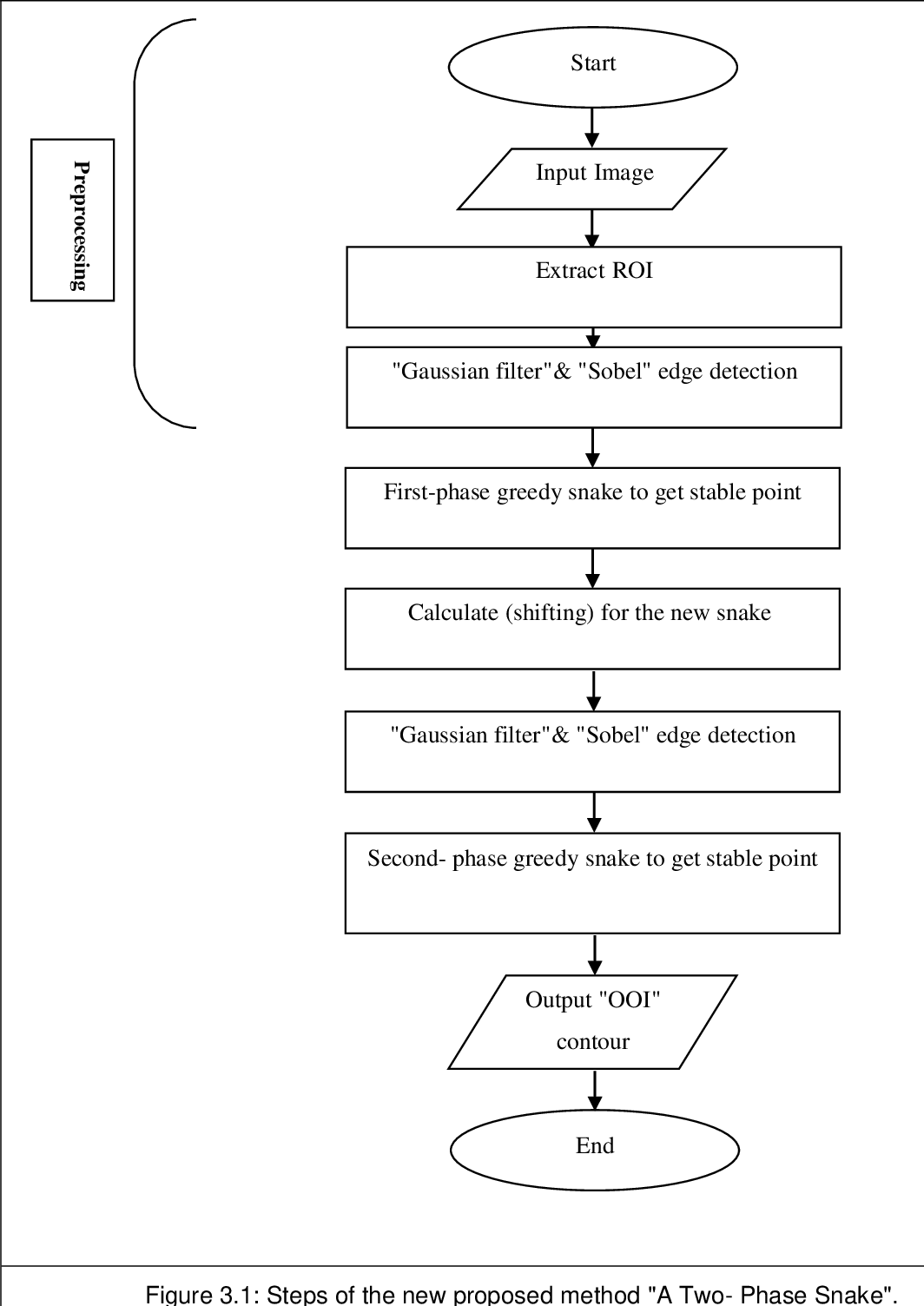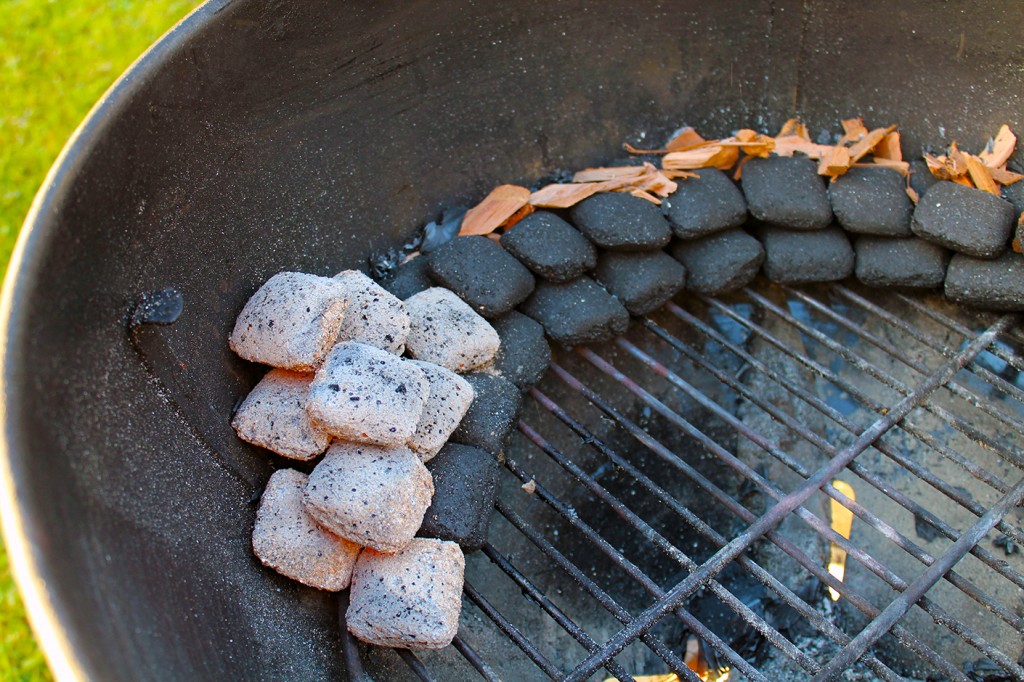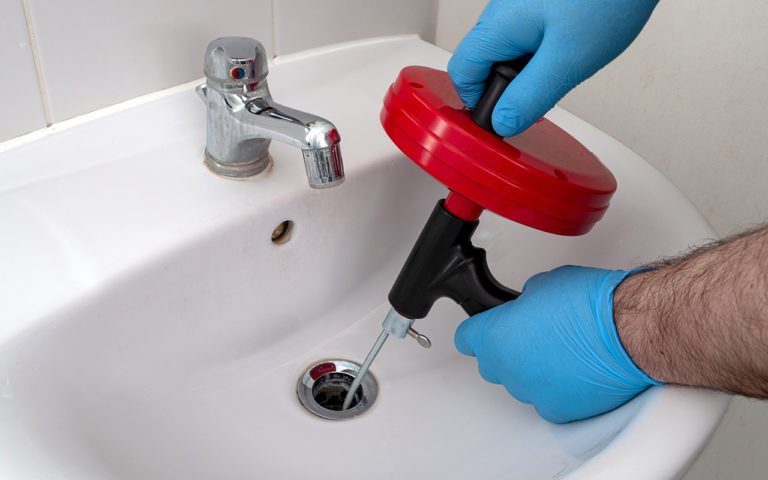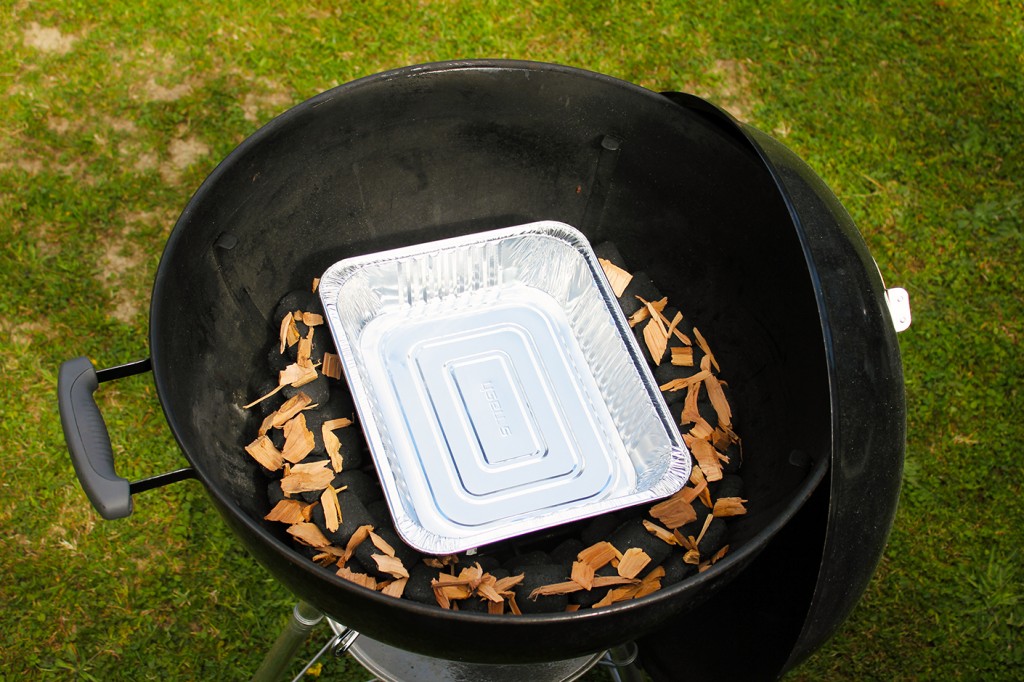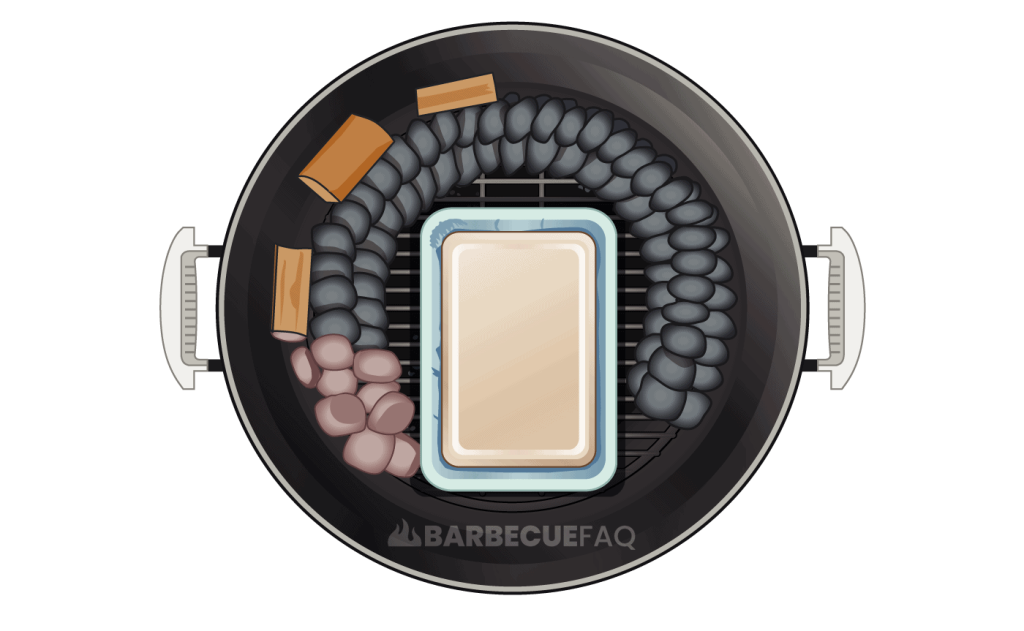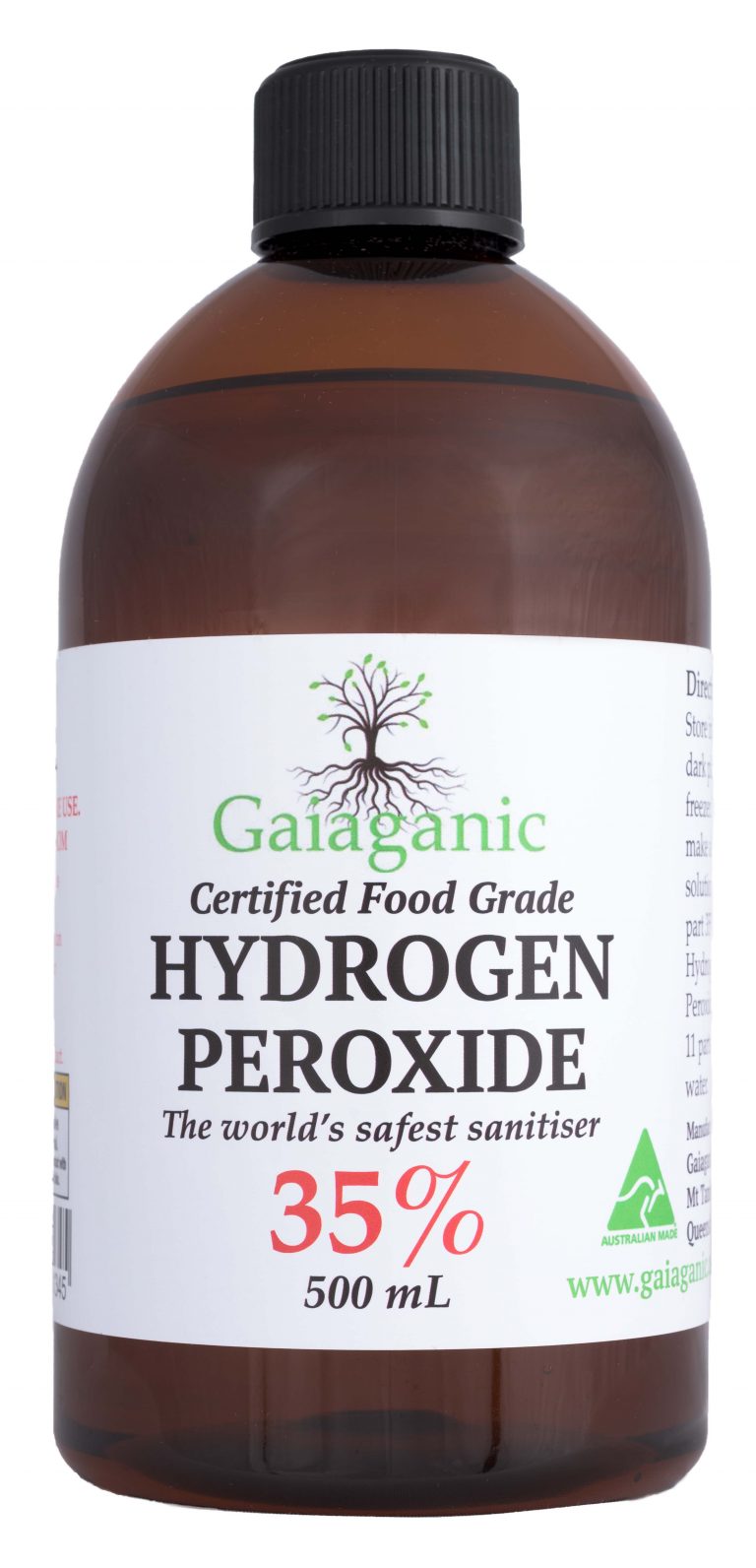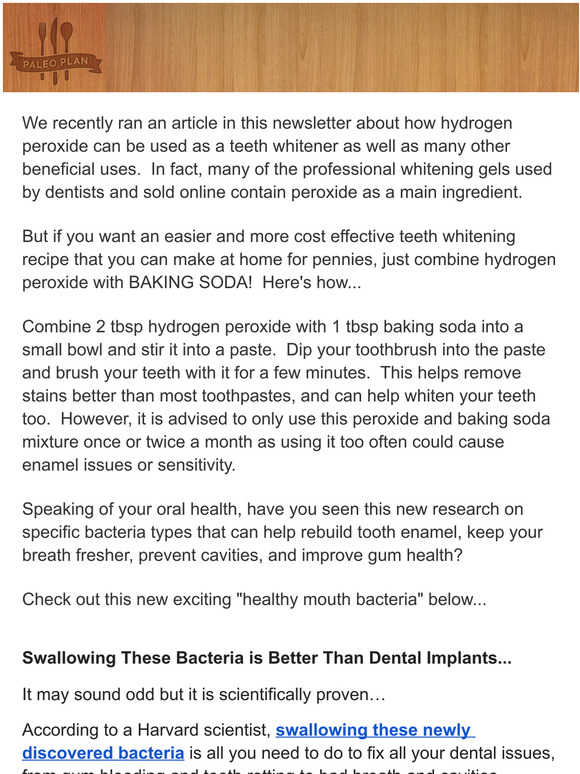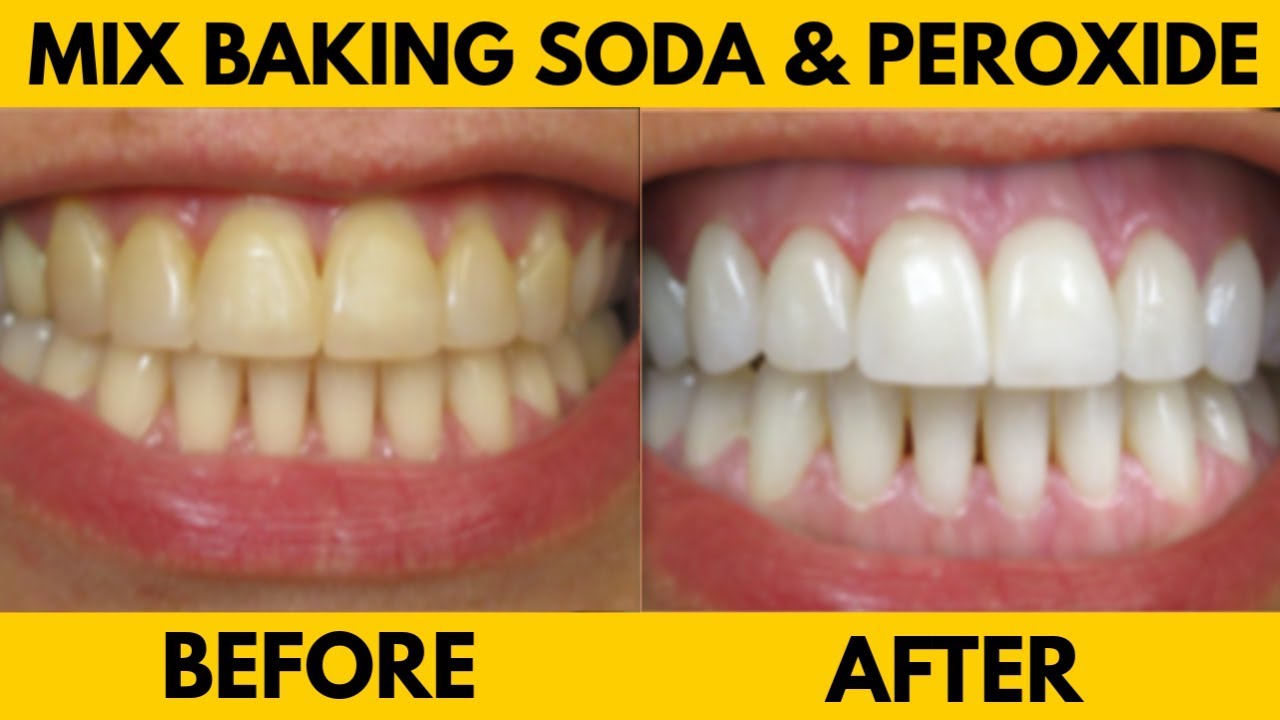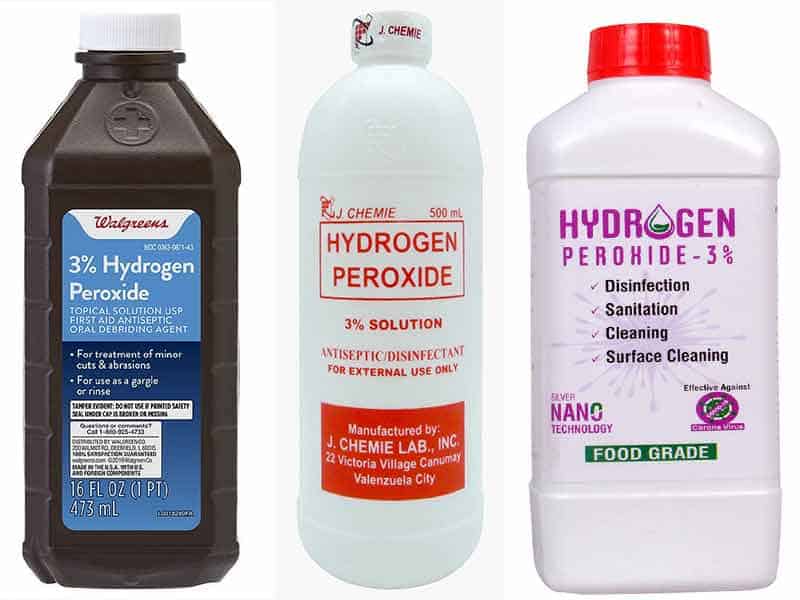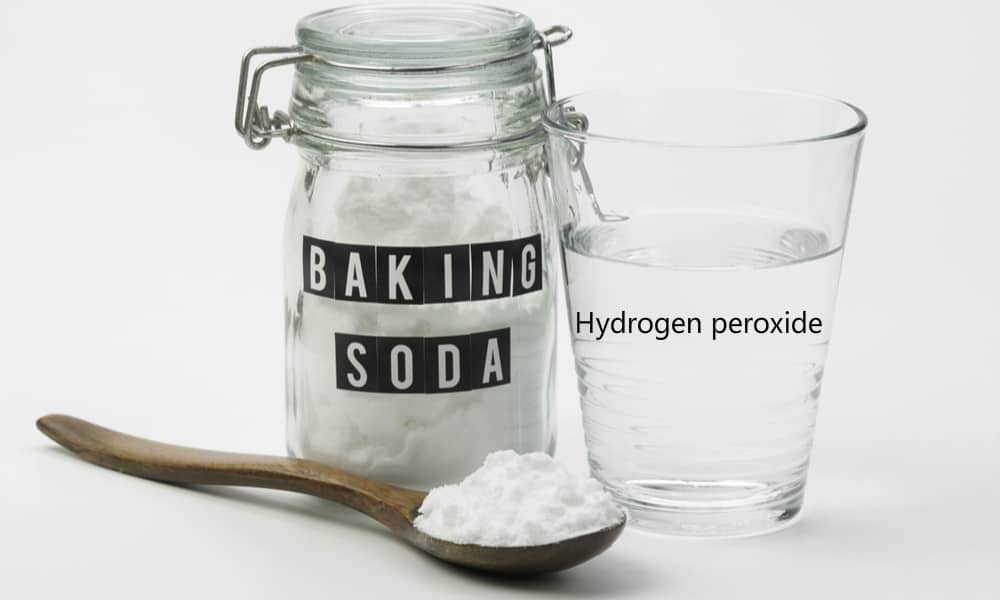One of the most popular and effective ways to unclog a kitchen sink is by using a combination of baking soda and vinegar. This natural method is not only safe for your pipes, but it also helps to eliminate any unpleasant odors that may be coming from your sink. To start, mix one cup of baking soda with one cup of vinegar and pour it down the drain. The mixture will start to fizz and bubble, which helps to break down any clogs or blockages. Let it sit for about 15 minutes, and then pour hot water down the drain to flush out the debris. Bonus tip: You can also add a few drops of essential oils such as lemon or peppermint to the mixture for a fresh, clean scent.1. Baking Soda and Vinegar Method
If you have a stubborn clog in your kitchen sink, a plunger can be your best friend. This tool can create a strong suction that helps to dislodge any obstructions in your pipes. To use a plunger, place it over the drain and make sure it covers the opening completely. Then, pump the plunger up and down several times to create suction. After a few attempts, pull the plunger up quickly to break the seal and hopefully, your clog will be gone! Bonus tip: If you have a double sink, make sure to block the other drain with a wet rag or towel to create a stronger suction.2. Plunger Method
Believe it or not, sometimes all it takes to unclog a kitchen sink is a pot of boiling water. This method is best for minor clogs caused by grease or food particles. Start by boiling a pot of water on your stove. Then, carefully pour it down the drain in two to three stages, giving the hot water a few seconds to work before adding more. The heat from the water will help to melt and dissolve any grease or debris, freeing up your drain. Bonus tip: For an extra boost, you can add a few tablespoons of dish soap to the boiling water before pouring it down the drain.3. Boiling Water Method
If you don't have baking soda or vinegar on hand, you can use another common household item – salt. Salt is a natural abrasive that can help to dislodge any clogs or buildup in your pipes. Start by mixing half a cup of salt with a pot of hot water. Stir until the salt dissolves, and then pour it down the drain. Let it sit for a few minutes before flushing it out with more hot water. This method works best for minor clogs and can also help to prevent future clogs by keeping your pipes clear.4. Salt and Hot Water Method
Similar to the salt and hot water method, using dish soap can also help to clear a clogged kitchen sink. Dish soap has degreasing properties that can break down any grease or food particles that may be causing the blockage. To use this method, pour a pot of hot water down the drain first. Then, add a few tablespoons of dish soap and let it sit for a few minutes. Finally, flush out the debris with more hot water. This method is gentle on your pipes and can be used regularly to prevent clogs.5. Dish Soap and Hot Water Method
If you suspect that your kitchen sink is clogged due to a solid object, such as a piece of food or utensil, you can try using a wire hanger to fish it out. This method is not recommended for clogs caused by grease or hair. To use this method, straighten out a wire hanger and create a small hook at the end. Carefully insert the hook into the drain and try to fish out the obstruction. Be gentle to avoid damaging your pipes. Bonus tip: You can also use a plunger to create suction and hopefully dislodge the object.6. Wire Hanger Method
If you have a wet/dry vacuum, you can use it to help clear a clogged kitchen sink. This method works best for minor clogs and can also help to remove any standing water in your sink. To use this method, place the vacuum hose over the drain and create a tight seal. Then, turn on the vacuum and let it run for a few minutes. The suction from the vacuum should help to dislodge the clog and pull it out of the drain.7. Wet/Dry Vacuum Method
If you prefer to use a chemical drain cleaner, opt for an enzyme-based one. These cleaners use natural enzymes to break down clogs without harsh chemicals that can damage your pipes. To use this method, follow the instructions on the product and pour it down the drain. Let it sit for the recommended amount of time before flushing it out with hot water. Enzyme drain cleaners may take longer to work, but they are a safer and more eco-friendly option.8. Enzyme Drain Cleaner Method
If all else fails, a plumbing snake may be your last resort. This tool is a long, flexible coil that can be inserted into your drain and twisted to break up any clogs or blockages. To use a plumbing snake, insert it into the drain and twist it while pushing it farther into the pipe. Once you feel resistance, twist and push a little harder to try and break through the clog. Continue until you feel the snake move more freely, indicating that the clog has been broken up.9. Plumbing Snake Method
For a more powerful and natural solution, you can combine hydrogen peroxide with baking soda to unclog your kitchen sink. Hydrogen peroxide is a strong oxidizer that can break down tough clogs and disinfect your pipes. To use this method, mix half a cup of baking soda with a cup of hydrogen peroxide. Pour it down the drain and let it sit for about 30 minutes. Then, flush it out with hot water. This method is best for stubborn clogs and can also help to eliminate any unpleasant odors. In conclusion, there are many effective hacks for unclogging a kitchen sink without having to call a plumber. These methods are natural, safe for your pipes, and can save you time and money. Remember to regularly clean and maintain your kitchen sink to prevent future clogs. If these hacks do not work, it may be a sign of a larger issue, and it is best to seek professional help.10. Hydrogen Peroxide and Baking Soda Method
Upgrade Your Kitchen Sink Drain with These Handy Hacks
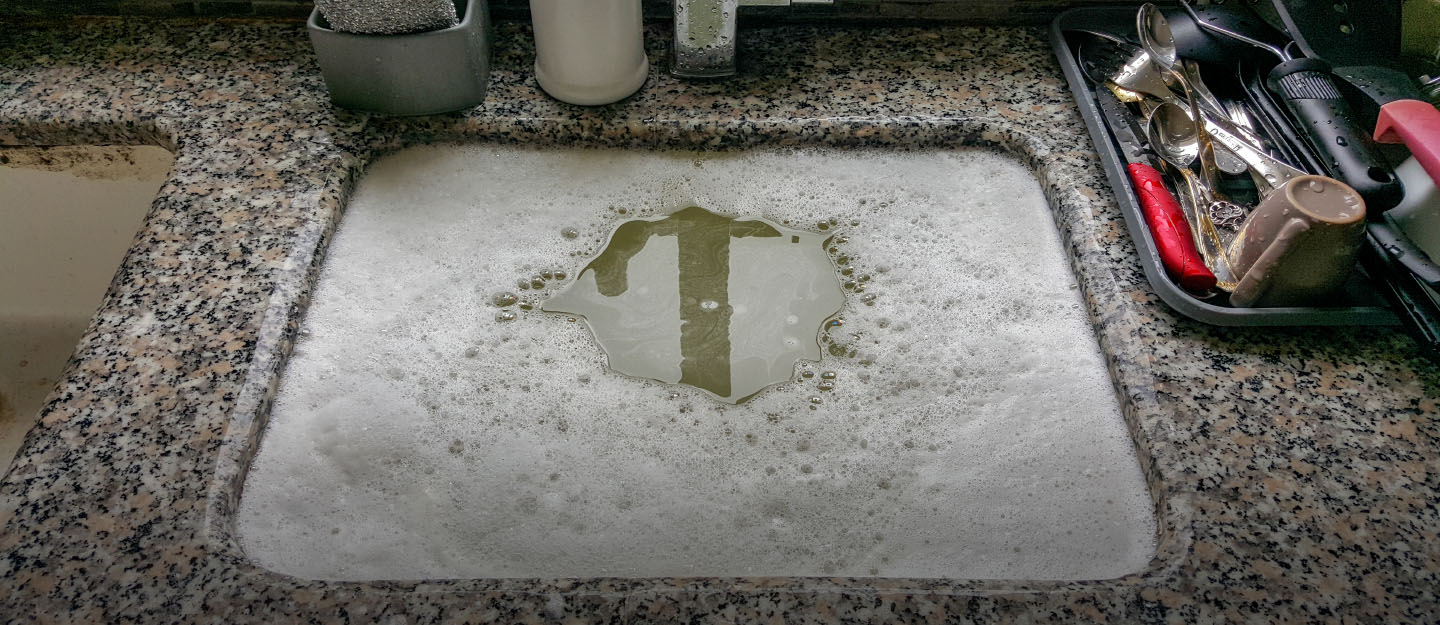
Efficient and Effective Solutions for a Clogged Kitchen Sink
 Having a clogged kitchen sink can be a major hassle, especially when it disrupts your daily routine and hinders you from properly preparing meals. While calling a plumber may seem like the most practical solution, it can also be costly and time-consuming. Luckily, there are
simple and easy hacks
that you can do to
unclog your kitchen sink
without breaking the bank. Here are some
professional and well-organized
tips to help you efficiently and effectively
upgrade your kitchen sink drain
.
Having a clogged kitchen sink can be a major hassle, especially when it disrupts your daily routine and hinders you from properly preparing meals. While calling a plumber may seem like the most practical solution, it can also be costly and time-consuming. Luckily, there are
simple and easy hacks
that you can do to
unclog your kitchen sink
without breaking the bank. Here are some
professional and well-organized
tips to help you efficiently and effectively
upgrade your kitchen sink drain
.
Use Baking Soda and Vinegar
 One of the most
popular and effective
hacks for unclogging a kitchen sink is using a combination of baking soda and vinegar.
Baking soda
has natural cleaning properties that can help break down any buildup or debris in your drain, while
vinegar
is known for its acidic properties that can dissolve and loosen any clogs. Simply pour half a cup of baking soda down the drain, followed by half a cup of vinegar. Let it sit for about 15 minutes before pouring hot water down the drain to flush out the mixture and any remaining debris.
One of the most
popular and effective
hacks for unclogging a kitchen sink is using a combination of baking soda and vinegar.
Baking soda
has natural cleaning properties that can help break down any buildup or debris in your drain, while
vinegar
is known for its acidic properties that can dissolve and loosen any clogs. Simply pour half a cup of baking soda down the drain, followed by half a cup of vinegar. Let it sit for about 15 minutes before pouring hot water down the drain to flush out the mixture and any remaining debris.
Try a Plunger
 If the baking soda and vinegar method doesn't work, you can also try using a plunger to
unclog your kitchen sink
. Make sure to cover the overflow opening with a wet cloth before plunging to create a strong suction. This will help dislodge any blockages and push them down the drain. You may need to repeat this a few times before the water starts to drain properly.
If the baking soda and vinegar method doesn't work, you can also try using a plunger to
unclog your kitchen sink
. Make sure to cover the overflow opening with a wet cloth before plunging to create a strong suction. This will help dislodge any blockages and push them down the drain. You may need to repeat this a few times before the water starts to drain properly.
Invest in a Drain Snake
 For more stubborn clogs,
investing in a drain snake
may be necessary. This tool is designed to reach deep into your pipes and dislodge any stubborn debris. Simply insert the end of the snake into the drain and turn it clockwise to catch onto any clogs. Once you feel resistance, continue turning until the clog is loosened and can be pulled out.
For more stubborn clogs,
investing in a drain snake
may be necessary. This tool is designed to reach deep into your pipes and dislodge any stubborn debris. Simply insert the end of the snake into the drain and turn it clockwise to catch onto any clogs. Once you feel resistance, continue turning until the clog is loosened and can be pulled out.
Prevent Future Clogs
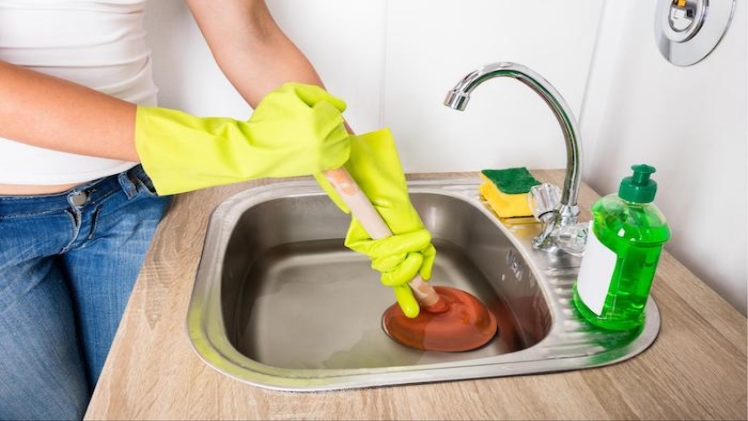 To avoid dealing with a clogged kitchen sink in the future,
preventative measures
can be taken. Make sure to properly dispose of food scraps and avoid pouring grease and oils down the drain. You can also use a drain cover to catch any debris and regularly clean your pipes with a mixture of baking soda and vinegar to prevent buildup.
To avoid dealing with a clogged kitchen sink in the future,
preventative measures
can be taken. Make sure to properly dispose of food scraps and avoid pouring grease and oils down the drain. You can also use a drain cover to catch any debris and regularly clean your pipes with a mixture of baking soda and vinegar to prevent buildup.
Upgrade Your Kitchen Sink Drain with Ease
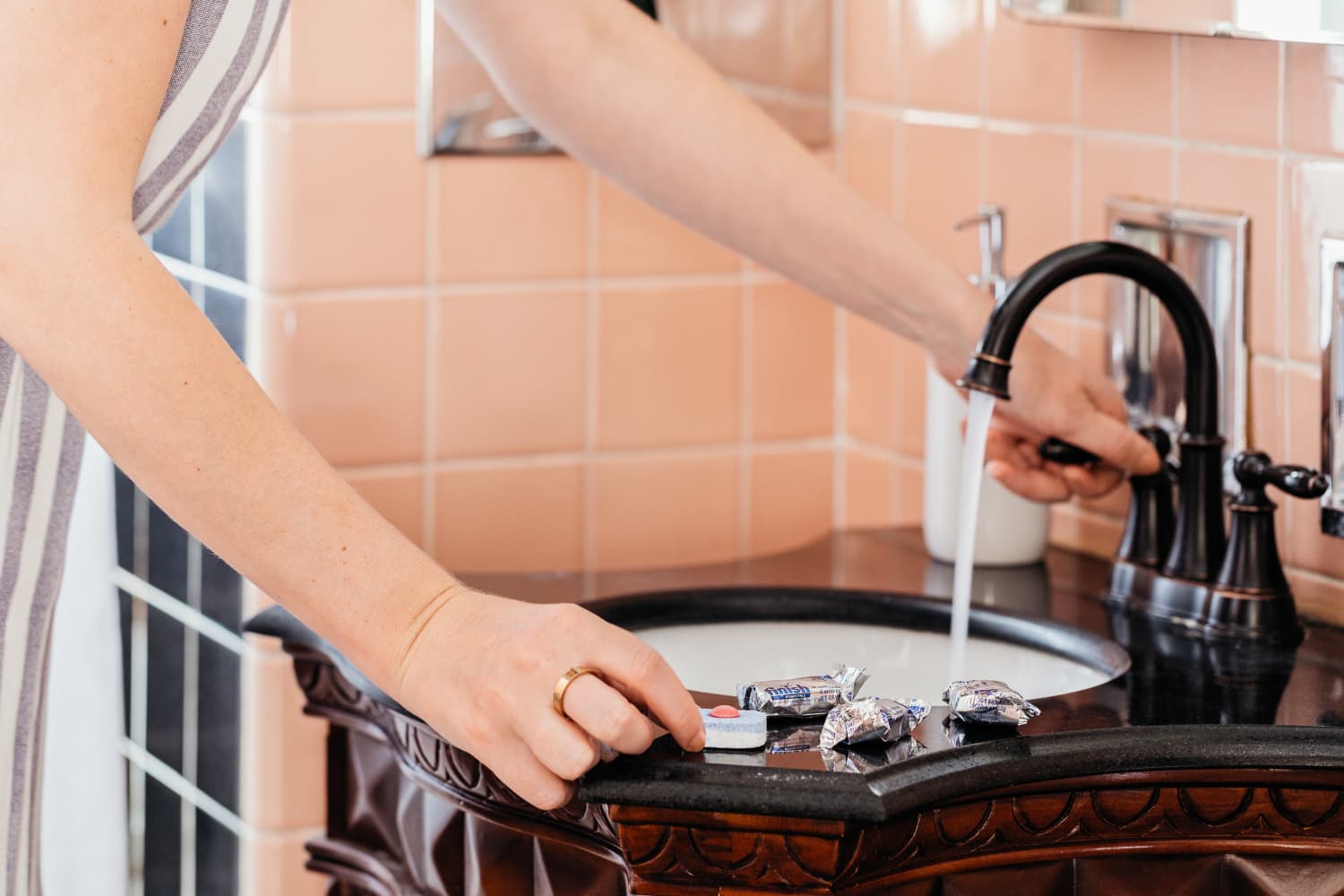 With these
handy hacks
, you can easily
upgrade your kitchen sink drain
and
unclog your kitchen sink
without having to spend a fortune. Remember to always take preventative measures to avoid future clogs and don't hesitate to call a professional if the clog is too severe. These simple solutions can help you maintain a
clean and functional kitchen sink
for all your cooking and cleaning needs.
With these
handy hacks
, you can easily
upgrade your kitchen sink drain
and
unclog your kitchen sink
without having to spend a fortune. Remember to always take preventative measures to avoid future clogs and don't hesitate to call a professional if the clog is too severe. These simple solutions can help you maintain a
clean and functional kitchen sink
for all your cooking and cleaning needs.



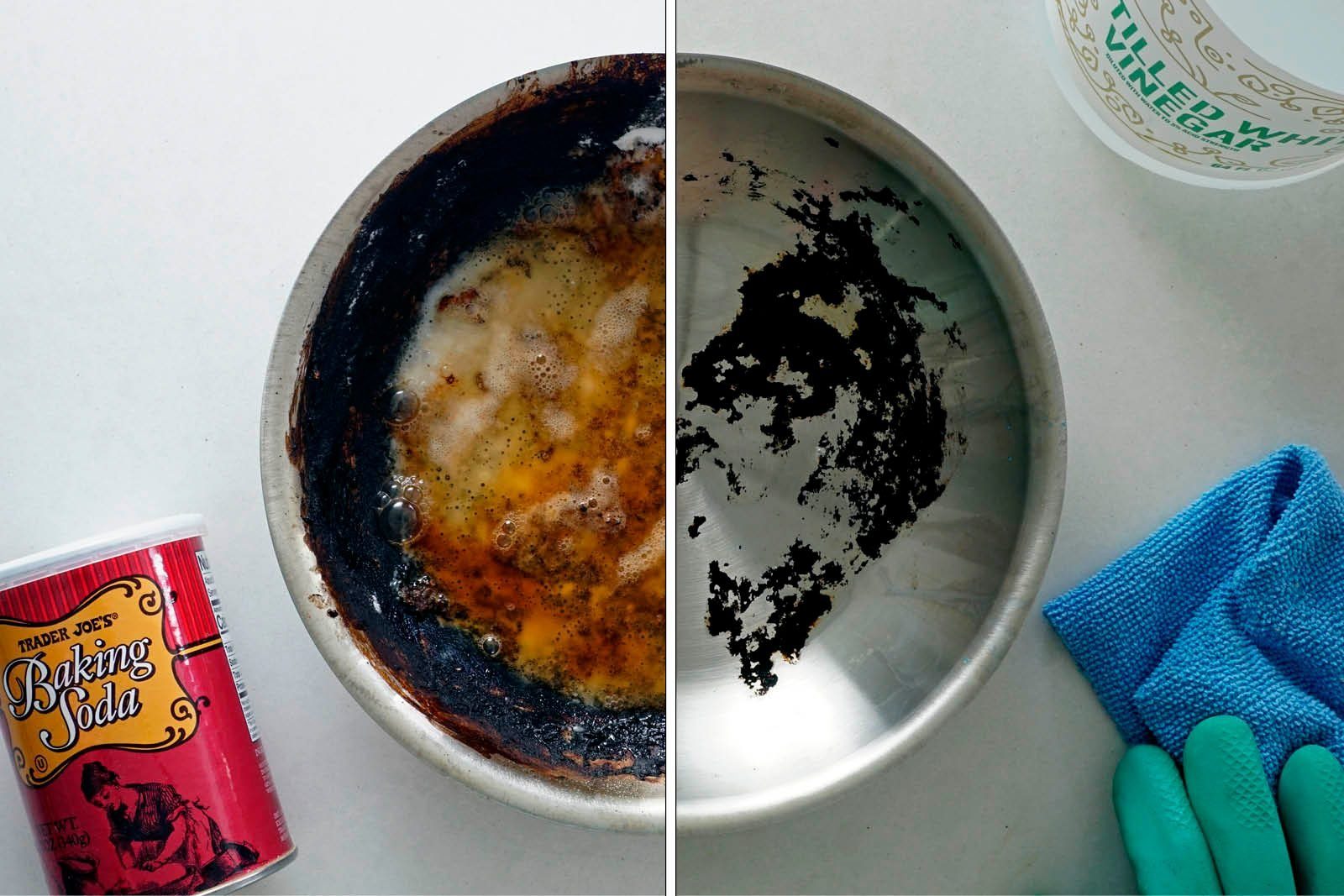
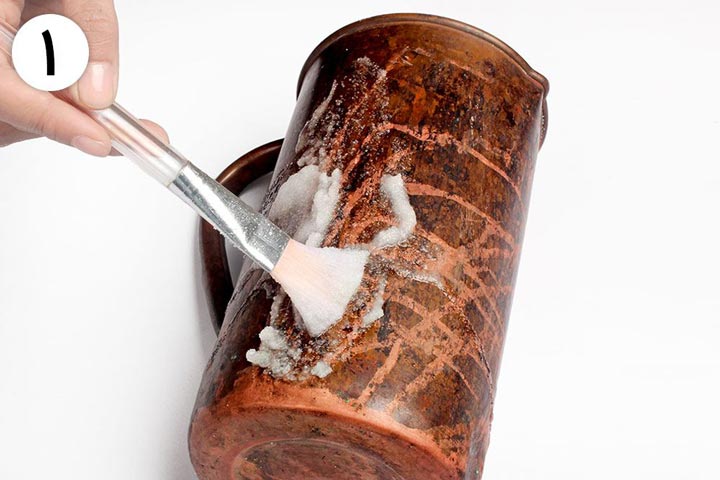
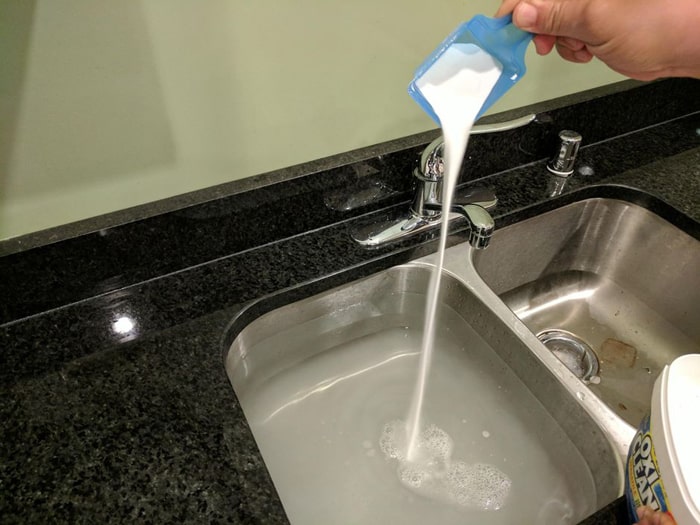





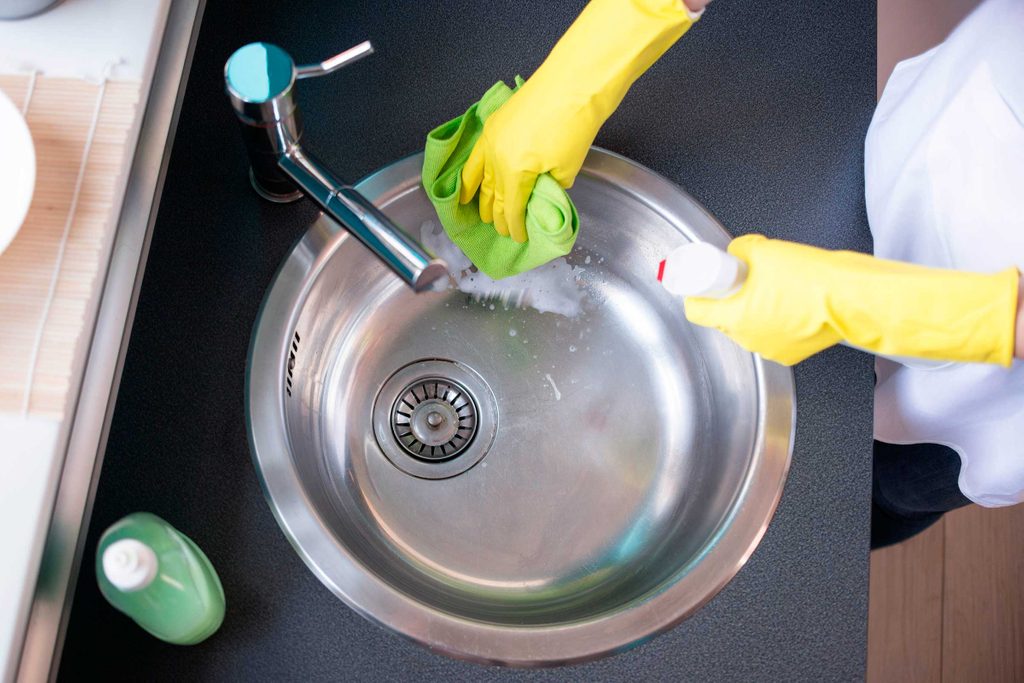




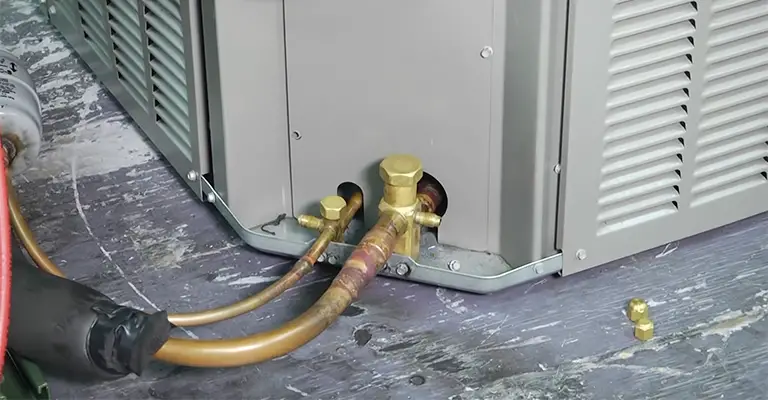
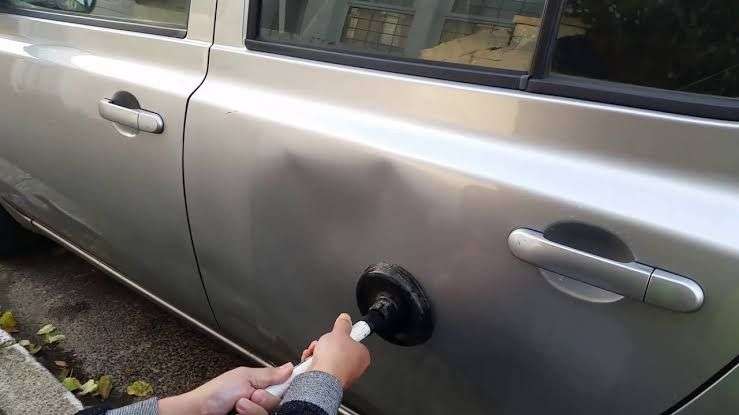



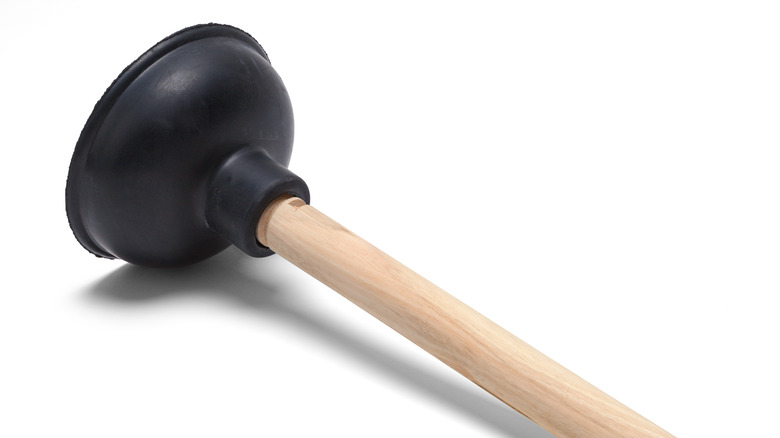




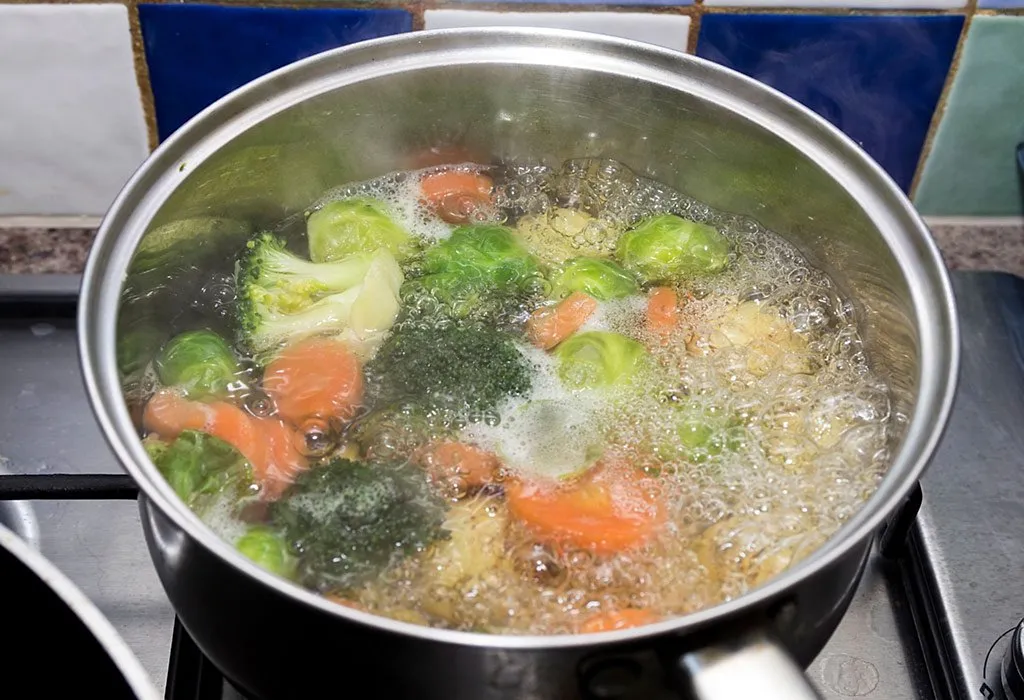
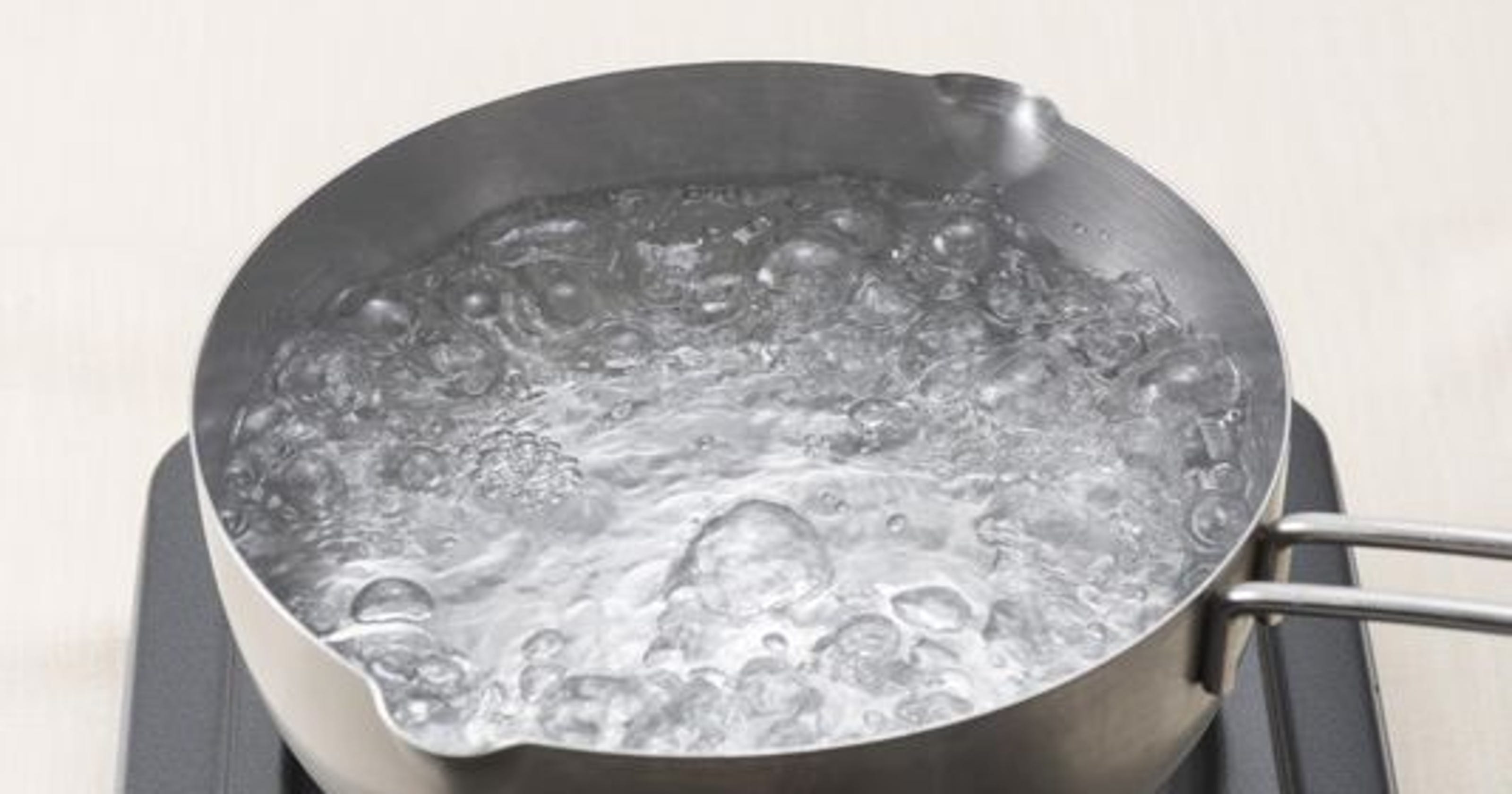
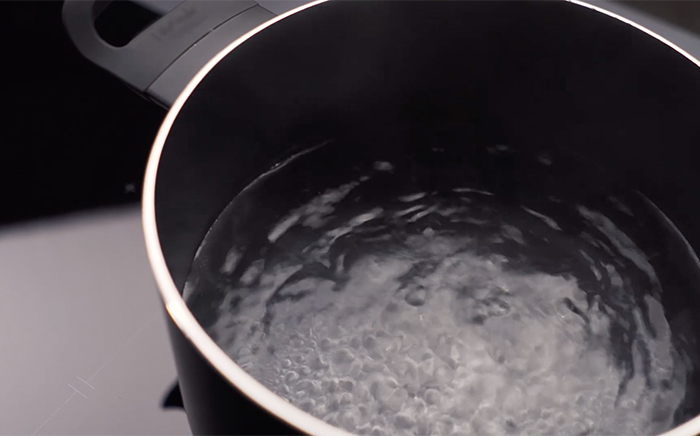
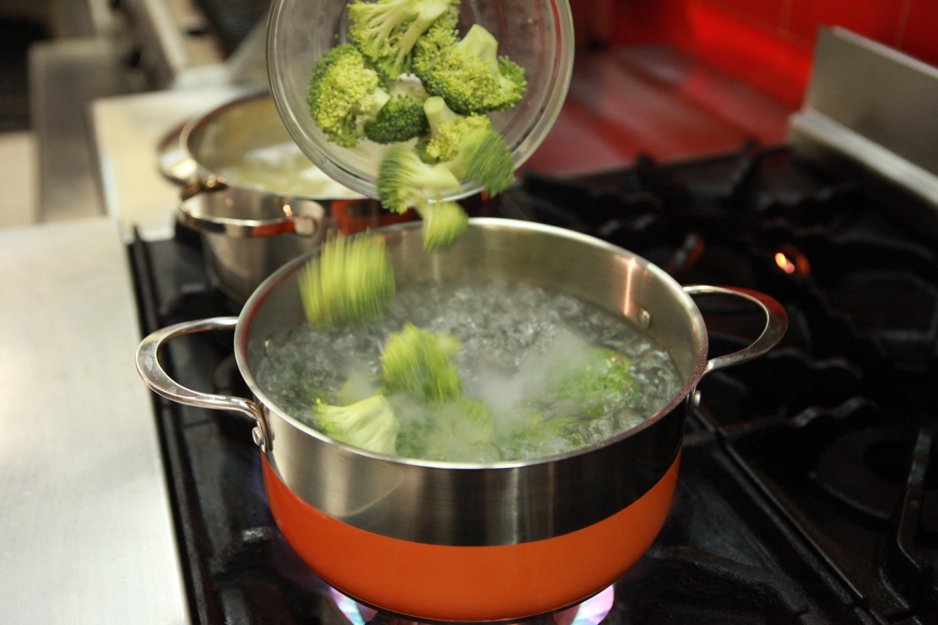

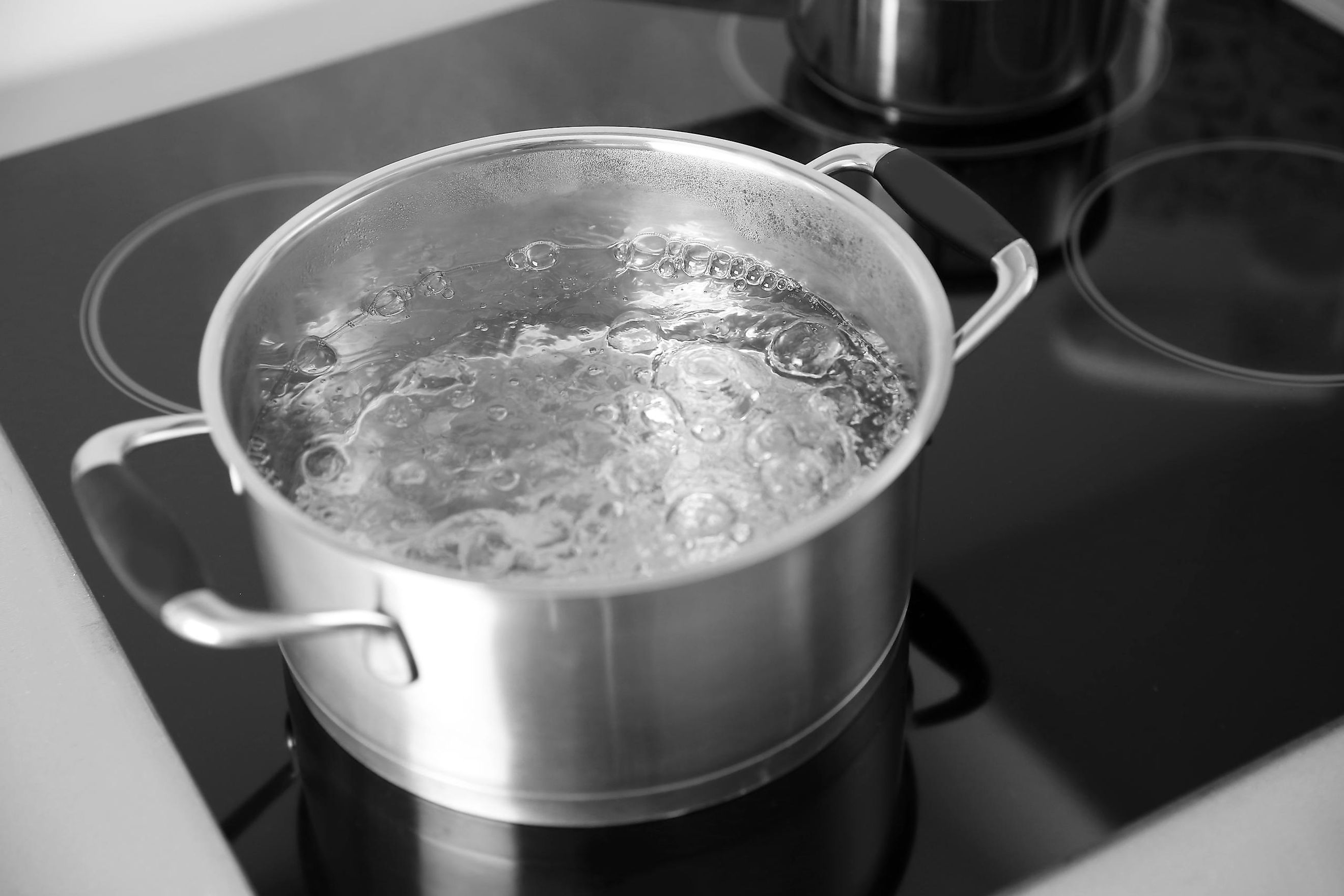






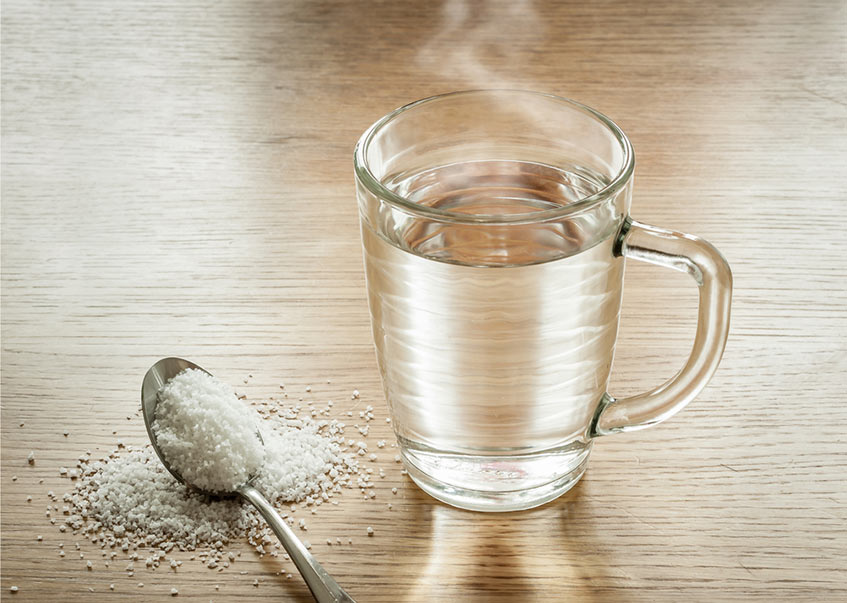


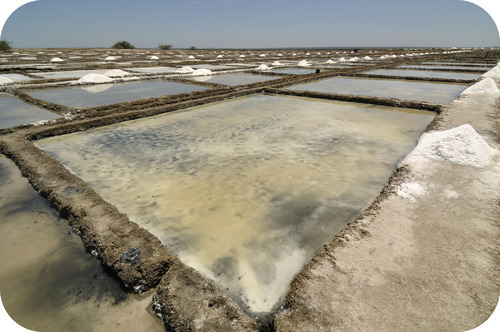




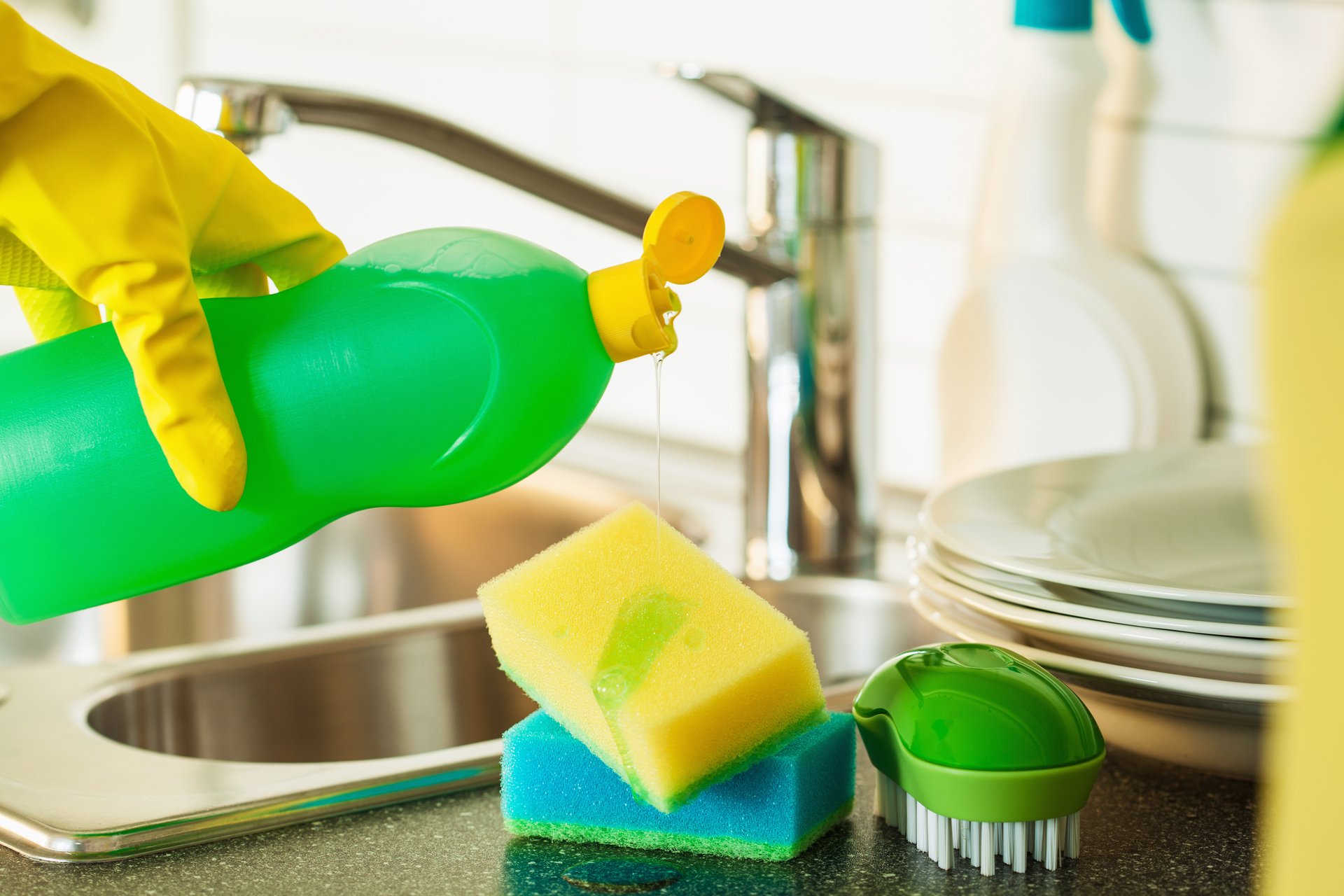
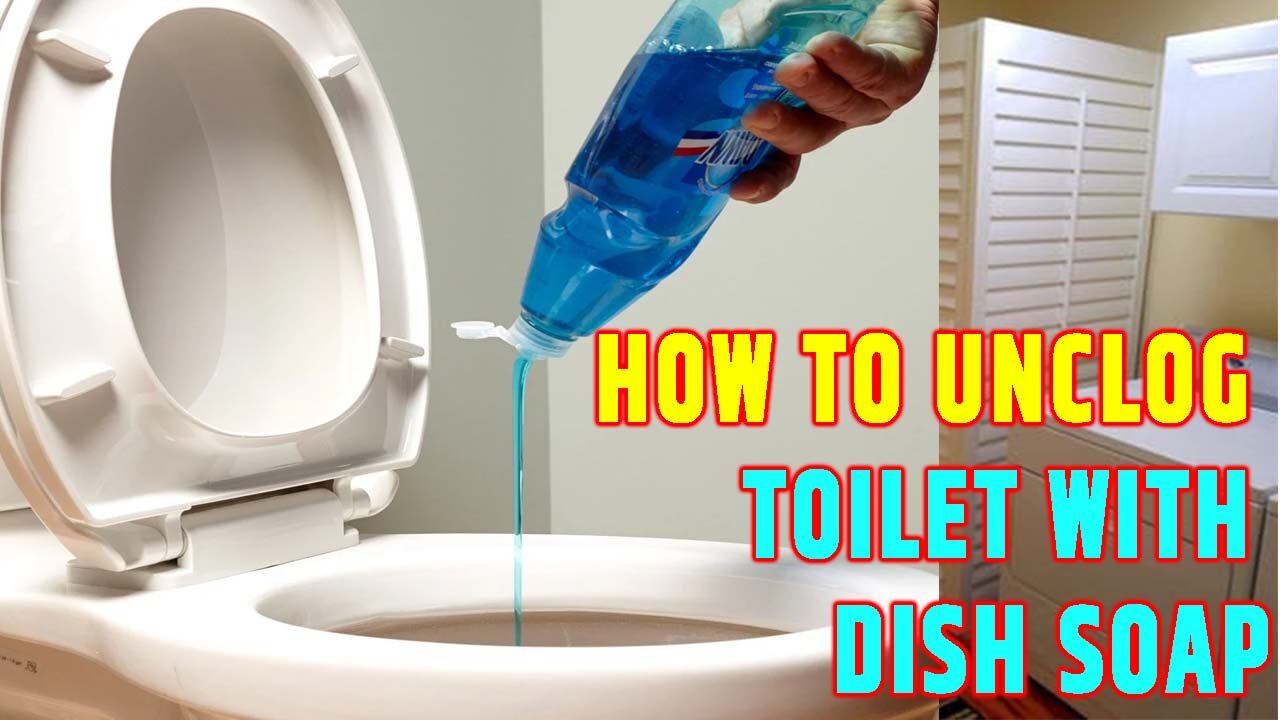


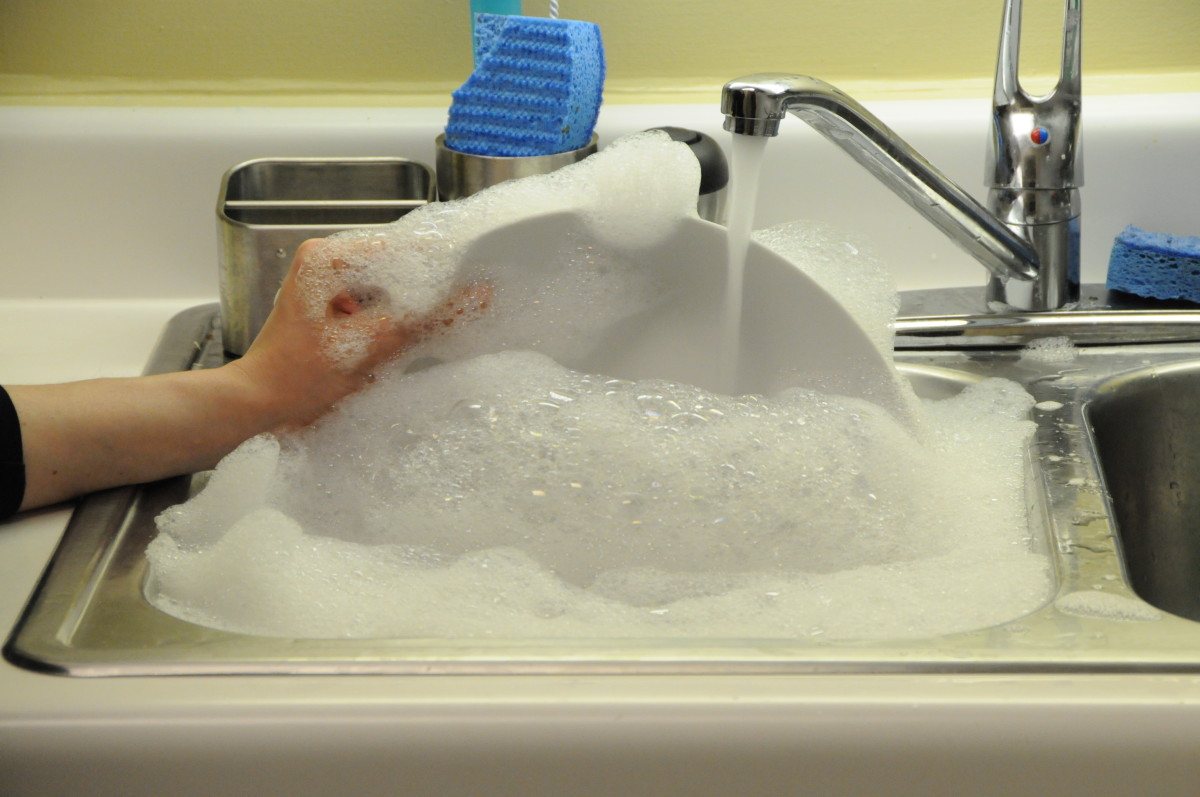
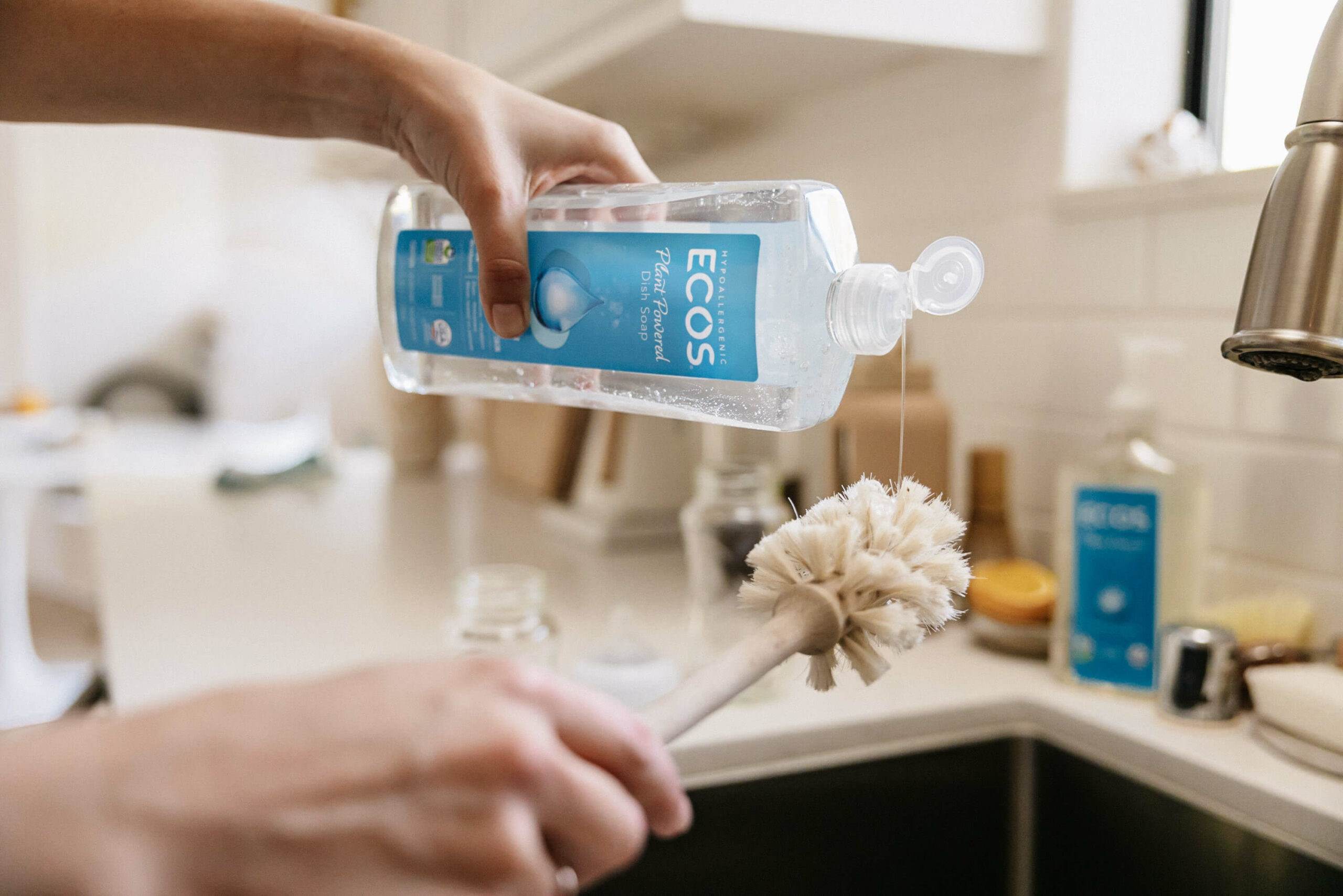
:max_bytes(150000):strip_icc()/uses-for-dish-soap-1900397-04-dd03ef8c459f4b6684b8714da8e014bd.jpg)





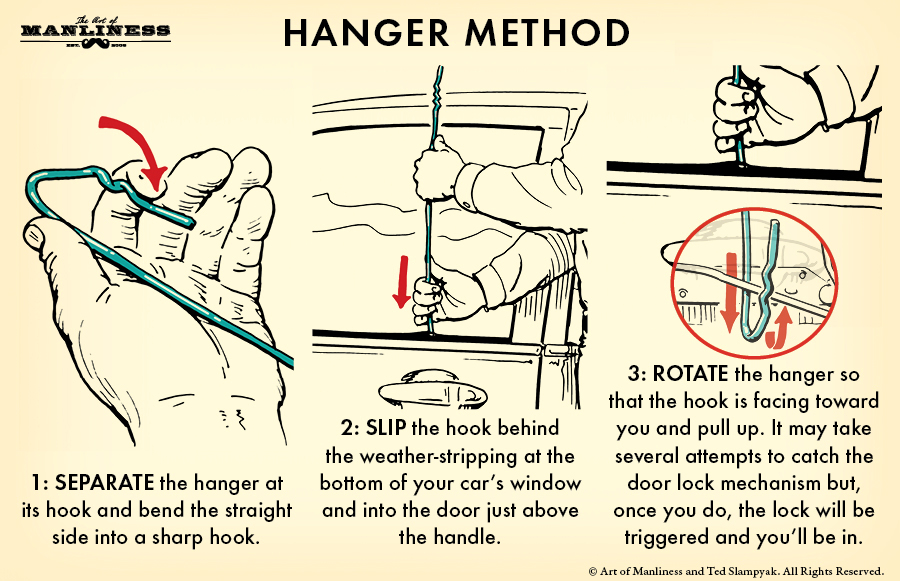

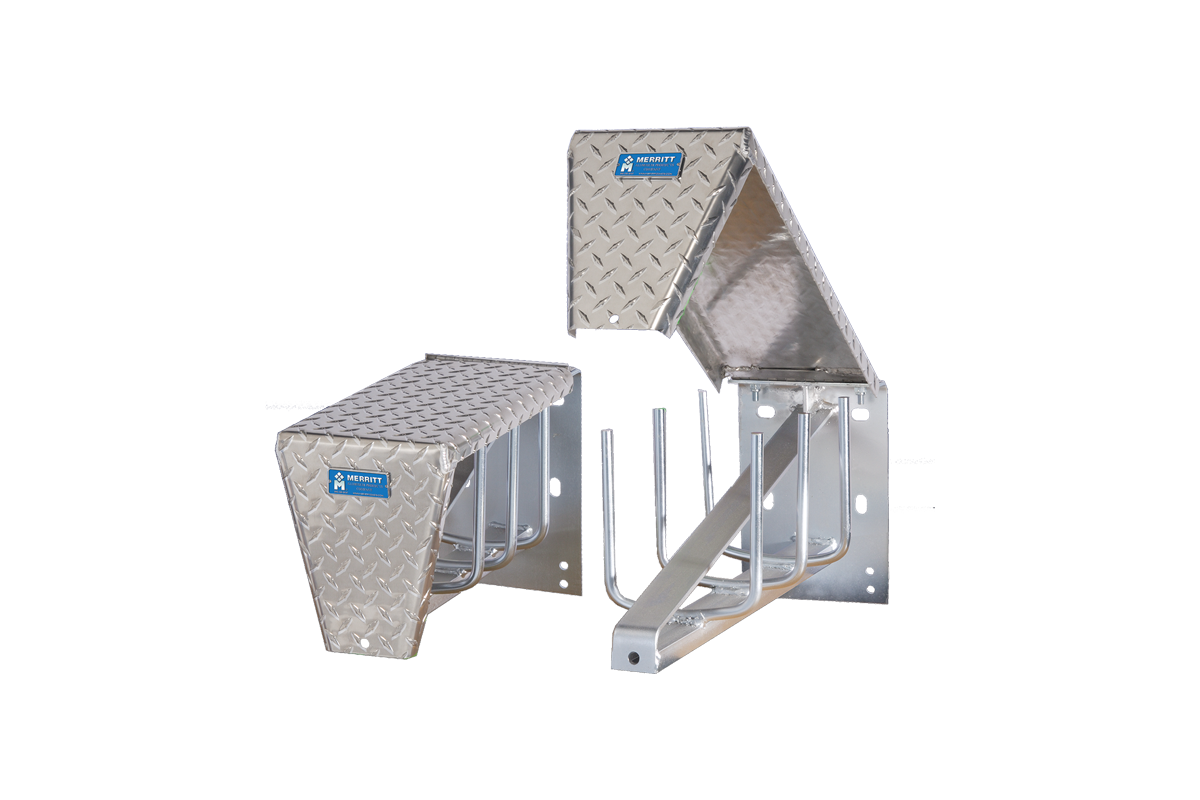





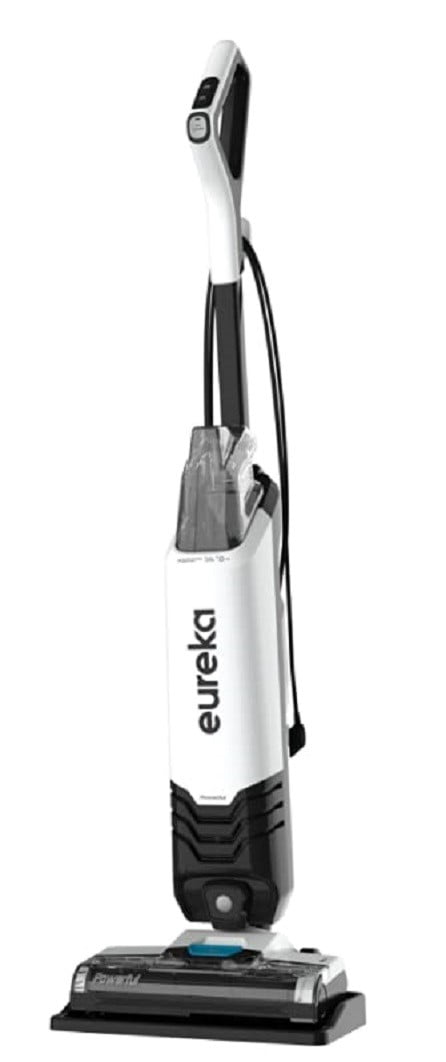


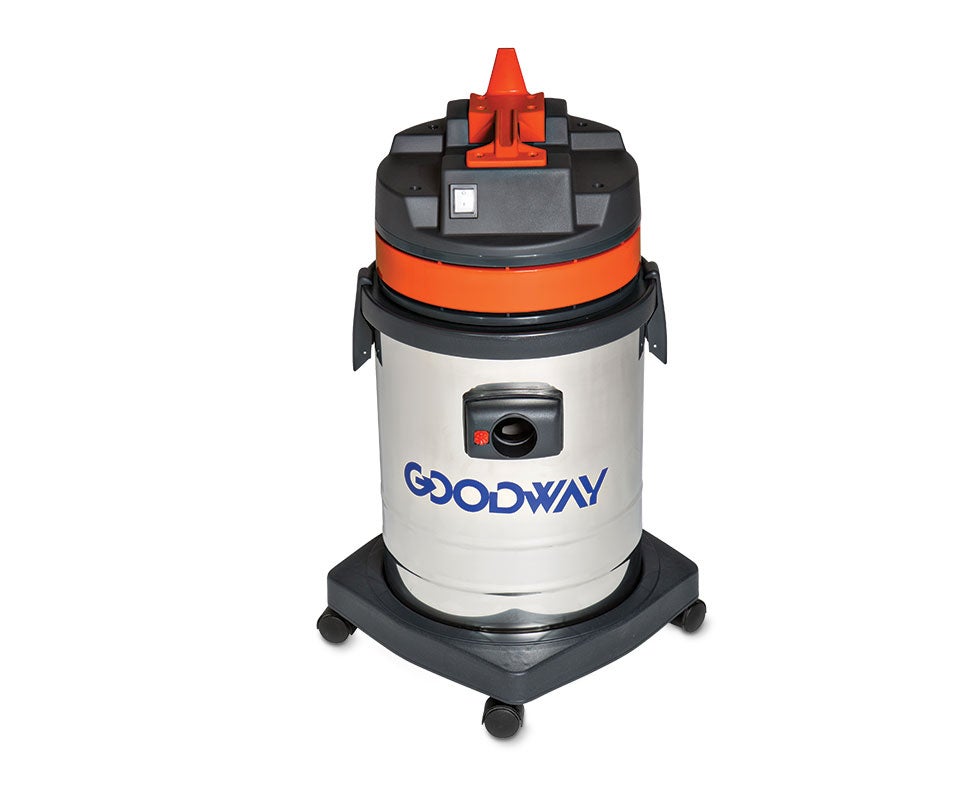


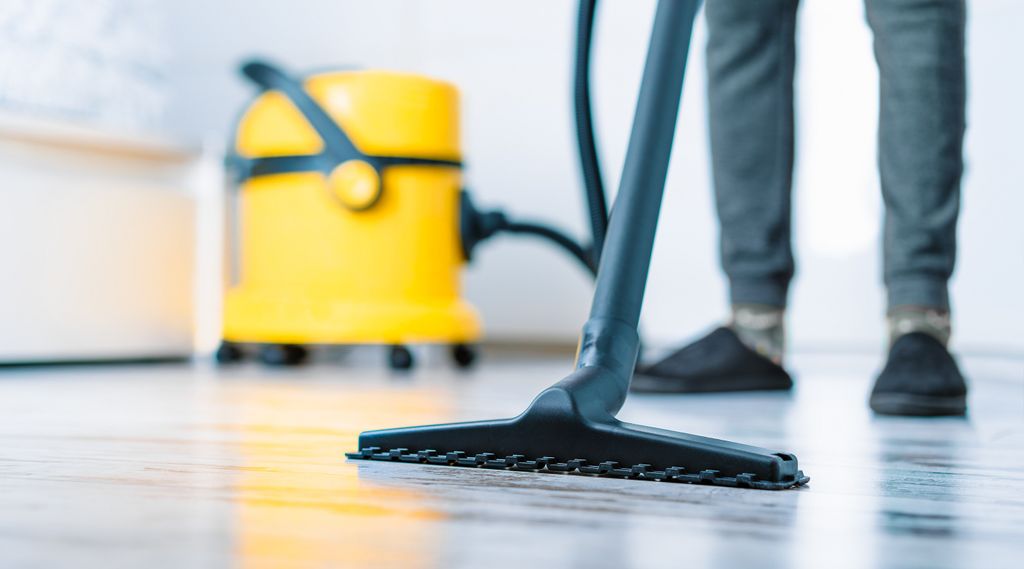





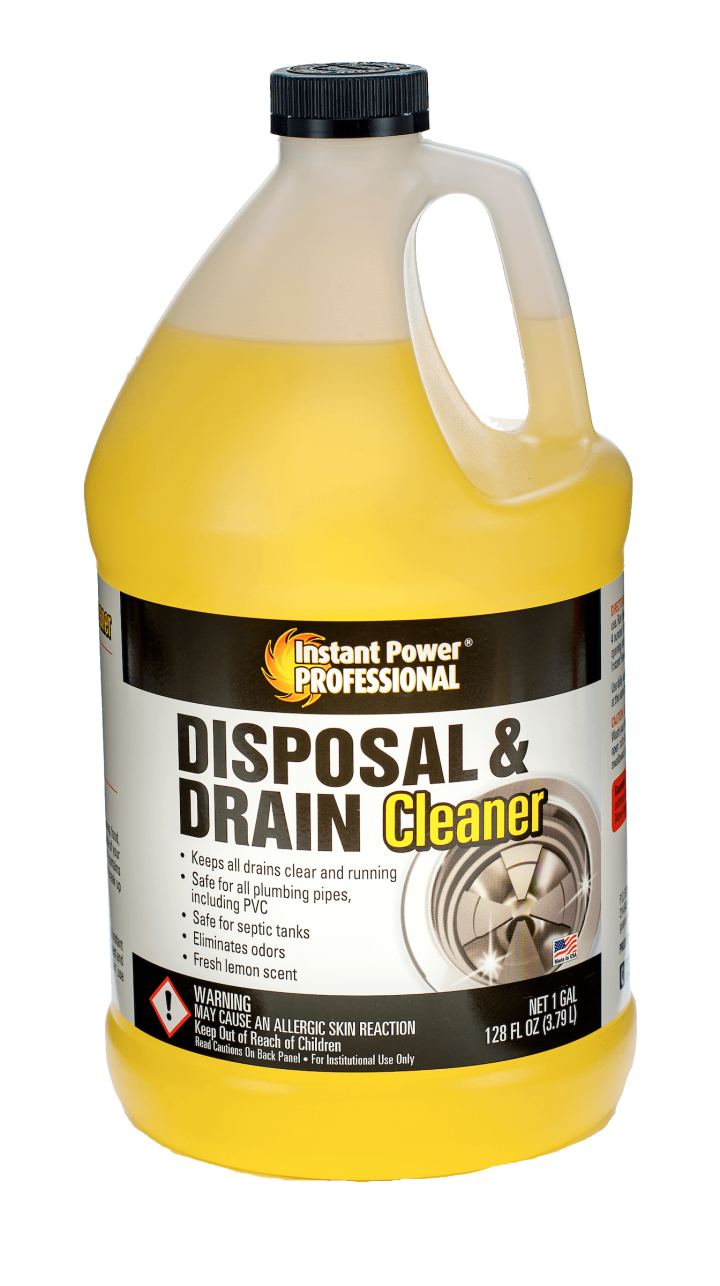




/GreenGobblerRefresh32oz-5bc63b0d4cedfd00266e4611.jpg)
:max_bytes(150000):strip_icc()/SPR-HOME-v2-8-best-drain-openers-4177167-8e4b5c1d411f4b888b7b67f53252aa86.jpg)


